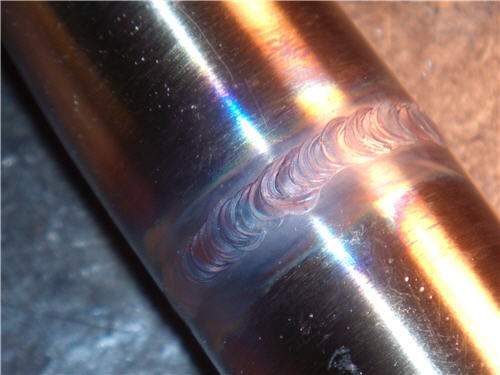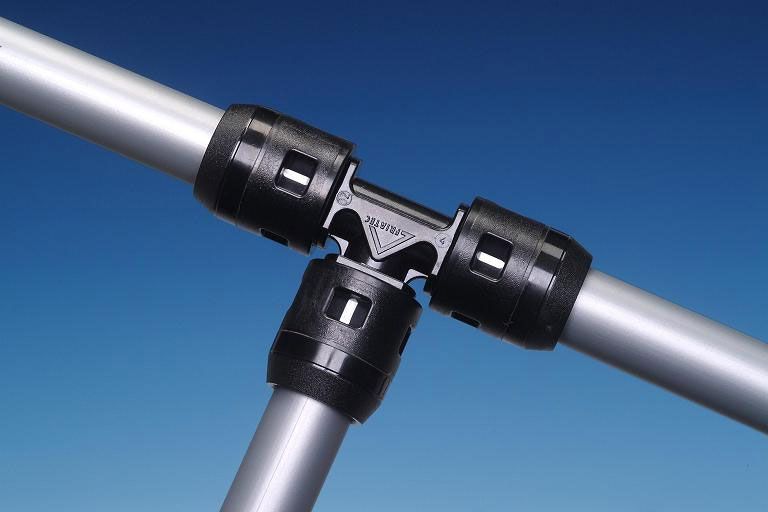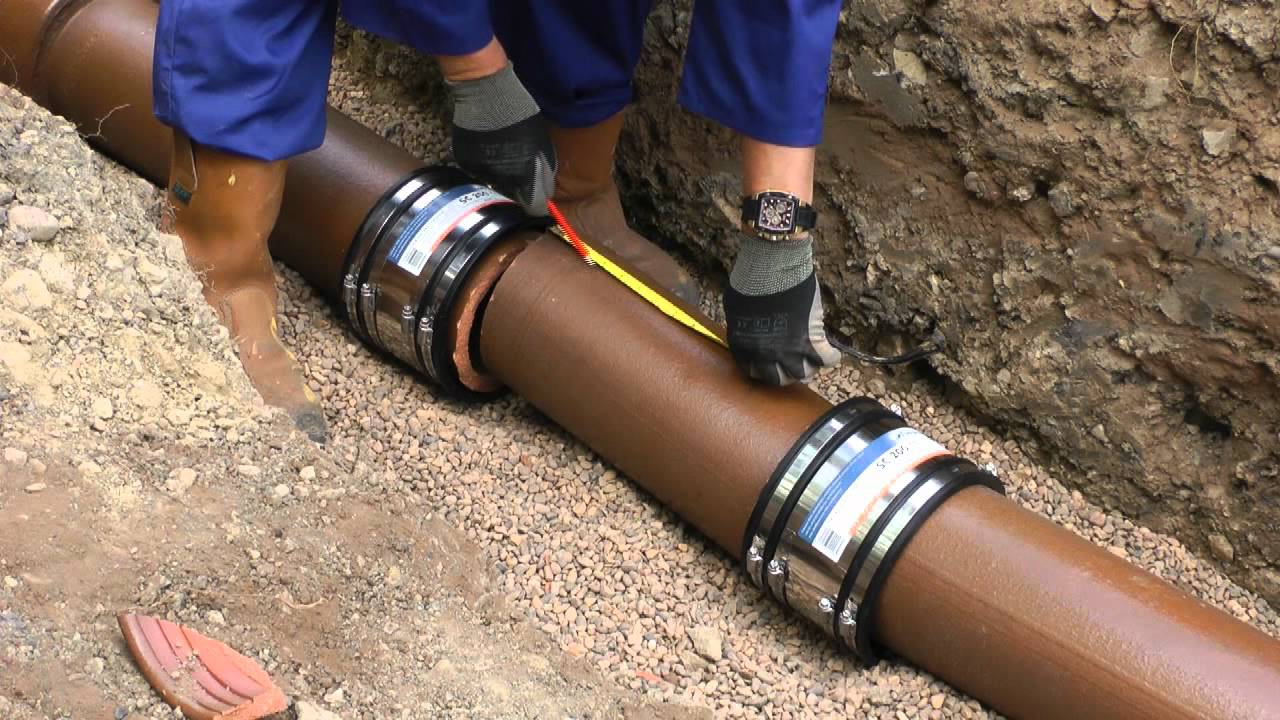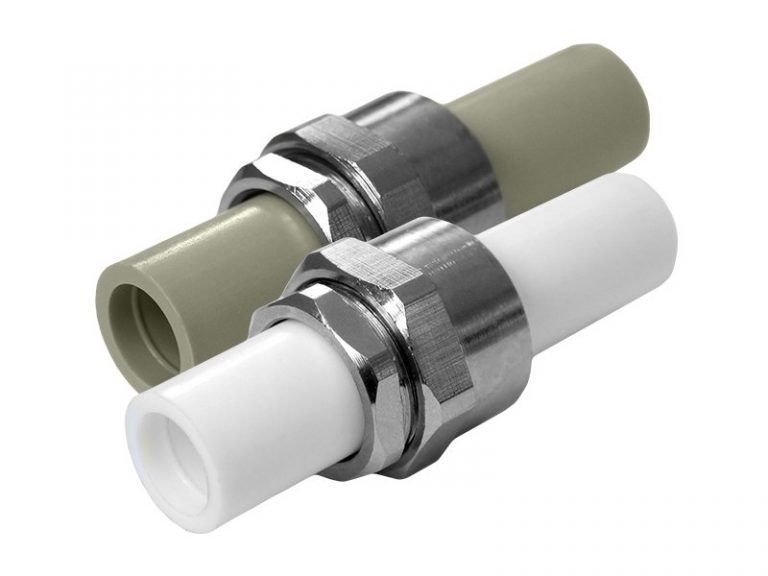The operation of pipelines and their reliability largely depend on how well the pipes were connected to fittings, fittings, compensators and other necessary parts. Connections are the most important part of the pipeline, so the most stringent requirements are imposed on them. In most cases, when assembling pipelines, a tight connection of pipes is necessary to prevent leakage of the transported medium.
The choice of connection type depends on many factors. Firstly, it is the material from which the pipes are made. Today, pipes made of polymeric materials, steel, cast iron, non-ferrous metal, glass, ceramics, etc. are used.
Secondly, the characteristics of the transported medium - whether it is liquid or gaseous, neutral or aggressive. Thirdly, the operating conditions of pipelines. Whether they will be pressure or gravity flow, whether they are laid indoors or down the street, etc. Let's consider what types of connections modern installers use.
Welded joints
To create technical pipelines, most often, non-separable pipe connections are required. The main method of connecting pipelines is welding. Pipes are welded not only from metal, but also from other materials - plastic, glass.
Connection of copper pipes is carried out by soldering. By means of welding, connections of profile pipes having a square section are carried out. There are two types of welding, which are divided depending on the method of physical impact on the material. Allocate:
- Fusion welding.
- Pressure welding.
Depending on the type of equipment used for welding, there are:
- Manual welding.
- Automatic welding.
- semi-automatic welding.

There are many different methods for joining welded parts, but the most commonly used is the electric arc method. A pipe butt joint or lap joint is used.
Threaded connections
Welding work is not always possible to perform, so the question often arises, how to connect pipes without welding? It should be noted that there are many such methods. For example, the connection can be made on a thread.
The thread on steel pipes is applied by cutting on a machine or using a die. If it is necessary to thread pipes with a small wall thickness, then the knurling method is used. It must be said that the threaded connection of pipes is able to provide good tightness and strength. Of course, subject to the assembly technology.
Benefits of threaded connections
- They are easy to assemble and easy to use when repairs are needed.
- Installation does not require the use of special tools - welding equipment, soldering irons, etc.
- The assembled structure can be easily dismantled and then reassembled using a conventional wrench.
- Using a threaded transition fitting, you can connect pipes of different diameters.
Pipe connections without welding
There are other ways to connect pipes without welding. The choice of method will depend on what type of pipes you plan to use. All existing pipes can be divided into two types:

- Flexible. This group includes pipes made of polymeric materials - polypropylene, polyethylene, metal-plastic.
- Rigid. This type of pipes does not differ in elasticity, they include pipes made of steel, non-ferrous metals, cast iron, PVC.
Advice! The fact is that when connecting rigid pipes, you can get by with a smaller engagement area of the connecting parts than is necessary when installing flexible pipes.
Connection of flexible pipes without welding
To do without the use of welding, pipe fittings are often used. When using flexible pipes, it is necessary to use special connecting elements with a large engagement area.
In practice, the fitting connection is used for pipes of small and medium diameters (from 20 to 315 mm), for large pipes it is unprofitable to use this method from an economic point of view. And the strength of the fitting connection on large diameter pipes does not meet the requirements.
Compression fittings are often used to connect polyethylene pipes (HDPE). This is a simple and cost-effective way to perform installation. But for pipes of medium diameter, a coupling connection is recommended.
As already mentioned, rigid pipes can be connected by threading, but threadless connection of steel pipes is no less often used. When using rigid pipes, joints without welding are allowed to be used over a larger diameter range (up to 600 mm).

In installation work, elements such as pipe couplings are often used. Coupling pipes are used to assemble pipelines that differ in diameter. With the help of the coupling, it is possible to dock elements made of different materials.
Advice! The connection of pipes with a coupling allows you to obtain high-quality and durable connections, characterized by high performance.
At the junction of pipes with nozzles, a threadless flange connection is often used. It is rational to use the same type of installation in those sections of the pipeline where periodic replacement of parts or disassembly is necessary. The connection consists of two mating flanges, connecting nuts and bolts, and an o-ring.
Specific compounds
To solve certain production problems, sometimes it is necessary to use special installation methods. In addition, special connection methods may be recommended for the installation of pipelines made of certain materials. When installing a plastic pipeline, the gluing method is used. In this case, an integral connection is formed, created using a special adhesive composition.
Swivel joints
Sometimes a conventional fitting does not allow the pipes to be joined at the desired angle. Swivel pipes will help solve the problem. The swivel joint of pipes helps not only to position the pipes at the desired angle, but also to change this angle if necessary.

Swivel connection of pipes is carried out using a special fitting: one part of it remains stationary, and the second can move in a circular motion along the radius. The swivel joint of pipes has a certain resource, so you should not constantly change the angle of the pipes for no reason.
Socket connections
The socket connection of pipes can be detachable or not. This installation method is used, as a rule, for the assembly of non-pressure pipelines from plastic pipes or cast iron. When assembling cast-iron pipelines, one-piece socket connections are used.
The sealing of the sockets is carried out using elastic (silicone sealant, bituminous mastic) or hardening (cement mortar, sulfur) substances.
Quick connectors
When performing the installation of pipelines, which, according to operating conditions, will often be disassembled, special quick couplings for pipes are used. Among these compounds:
- Clamps with fixing wedge.
- Connection cam like Camlok (Camlok).
- ISO connections.
- A grooved connection is a docking using a special clamp.
- The connection of the profile pipe can be bolted.

All variants of quick-disconnect connections (brs) for pipes are easy to install and provide a high degree of connection reliability. In the construction of industrial pipelines, special types of connections are used. Including telescopic connection for pipes of different diameters. For profile pipes, a bolted connection is used. The connection of pipes to bolts belongs to the category of quick-release.
Connections of a pipe hose using fittings, one end of which is made in the form of a fitting. This pipe is inserted into the end of the hose and secured with a clamp. Such a hose-to-pipe connection is reliable.
So, when installing pipelines, a variety of types of connections are used. The choice of the best is carried out taking into account many factors. So, to create the most durable connections, welding or the use of flanges is recommended. Where the possibility of disassembly during operation is provided, it is more advantageous to use a fitting or collet connection of pipes.


















